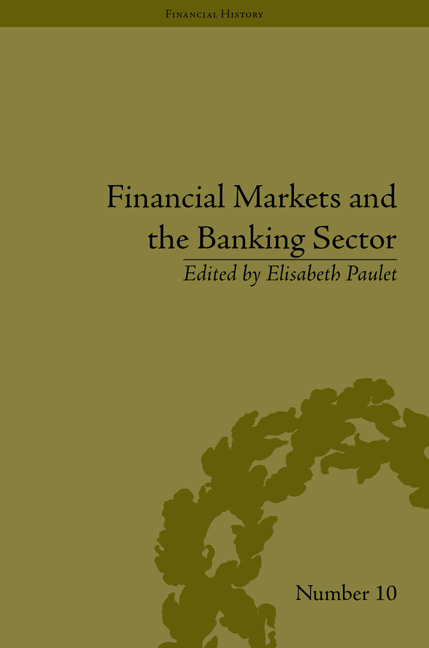II - Globalization and Banking Institutions: Evolution of Their Role and Institutional Aspects
Summary
In the actual global context, banks have seen their contribution to investment change according to the place accorded to financial markets. Their structure, mainly universal has enabled bankers to undertake many types of activity. This trend has induced an increasing profitability for most institutions, in particular the biggest ones.
From the 1980s to the beginning of our century, financial places have played an important role in the financing of enterprise projects. This is largely due to the favourable economic context and administrative facilities given to newly-created firms to have access to liquidity for productive investments. The recent volatility of markets has reversed the trend in favour of banks. Several speculative bubbles have occurred since the last thirty years:
• Financial Krach financier 1987
• Patrimonial depreciation in Japan in 1990–1 (the financial and property sector were concerned)
• General property and banking crisis at the beginning of the 90s (in the United States with the Savings and Loans, United Kingdom, the Scandinavian countries, the Credit Lyonnais)
• The Mexican crisis 1994–5
• The Asian crisis 1997–8
• The Russian crisis
• The NTC crisis from 2000 to 2003
• The Argentina crisis 2001
• The credit and information crisis (for example Enron) from 2002
• The subprime crisis from 2007 onwards
During these events, banking institutions have sacrificed their primary function, which is to grant credit and assume risk, to concentrate their main activities to maximize their profit. The subprime crisis illustrates this point; the core lesson issued from this last situation is then twofold:
• first, banks have created an amount of money superior to the liquidity really needed by the global system,
• second, they have transferred risks to private agents, risks that should be normally supported by the banking institutions.
The evolution of banking structures since the 80s towards universalism, general mergers and acquisitions process show the strengths and weaknesses of our global world.
- Type
- Chapter
- Information
- Financial Markets and the Banking SectorRoles and Responsibilities in a Global World, pp. 111 - 112Publisher: Pickering & ChattoFirst published in: 2014

